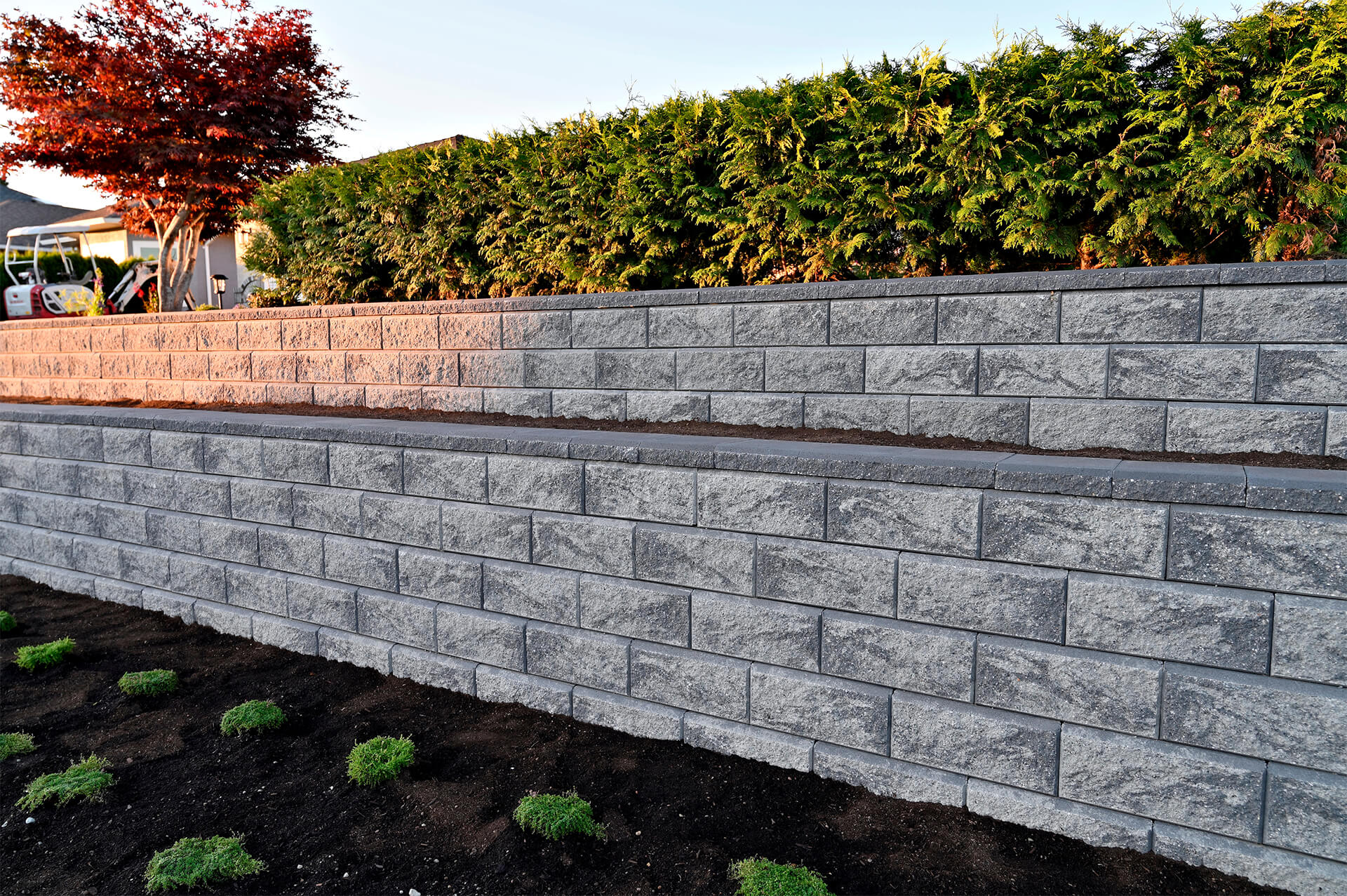
September 4, 2024
Effective Keeping Wall Drain Ideas For Lasting Wall Surface
Appropriate Water Drainage For Retaining Walls Catch basins are another reliable drain option for handling hefty rains. These frameworks accumulate excess water and redirect it with an underground pipe system, avoiding flooding and water damages. At Andy's, our skilled service technicians specialize in mounting and repairing lawn sprinklers, drainage systems, and outside lighting.Laying Drainage Pipes
- Gravity walls rely on their mass to withstand stress, commonly made from concrete or stone.
- Preserving the appropriate drainage for concrete preserving wall surfaces is crucial for their sturdiness and architectural toughness.
- Carrying out disintegration control procedures, such as utilizing geotextiles, planting ground cover, or setting up keeping wall caps, assists stop dirt displacement.
- Rainfall gardens are grown depressions that accumulate and filter rainwater from roofings, driveways, and other impervious surfaces.
- Keeping wall surfaces come in a number of kinds, each suited to different applications.
Just How Does Drainage Influence The Durability Of A Keeping Wall?
Experts in the construction industry using Rub-R-Wall to keep your basement dry - SteinbachOnline.com
Experts in the construction industry using Rub-R-Wall to keep your basement dry.

Posted: Mon, 12 Dec 2022 08:00:00 GMT [source]
Surface Grading
Appropriately rated lawns properly take care of rainwater, minimizing the threat of water damage and maintaining a healthy yard. Absorptive soil allows water to percolate with, while nonporous soil can lead to waterlogging and overflow. They help handle runoff by permitting water to permeate gradually into the ground, protecting against flooding and merging. Low areas in your lawn can come to be bothersome during summer season storms, as water has a tendency to collect in these locations, causing waterlogging and damage. Downspout extensions are simple yet effective remedies for routing rainwater away from your home's structure. This can lead to considerable damages and endanger the security of those near the retaining wall. For that reason, it is vital to deal with bad drain before it causes serious repercussions. Garrett Precast group is extremely expert, prompt, and very experienced on sewage-disposal tank concrete and preserving wall surfaces. We purchased a concrete septic tank for our new home and the products we required for the keeping wall surfaces made by our landscaper. We were extremely pleased quality of both the septic system and the preserving wall surfaces. These include shaping the land, so water moves away from your home and vulnerable locations. Preserving walls function best when combined with various other drain solutions, such as French drains pipes, to manage water effectively. Ideal activities may consist of clearing out wall drain systems to prevent obstructions and blocking. A well-thought-out water drainage strategy takes these design includes into account to prevent issues and preserve the structural stability of the maintaining wall surface. Mixing general techniques with customized remedies for different situations equips viewers to protect their wall surfaces from damage arising from poor drain. Applying these measures ensures security long life, and safeguards landscapes from erosion or structural failure. Drainage pipes are important in retaining wall drainage systems, catching and directing excess water towards an efficient water drainage point. Their objective is to capture, redirect, and channel it back towards its source while all at once keeping out fine material, such as particles, that would clog it. Prior to setting up a timber retaining wall water drainage system, it's essential to assess the site extensively. This includes assessing the slope, identifying potential water resources, and understanding the dirt composition. Governing compliance ensures that drainage systems satisfy regional and government guidelines, protecting natural deposits. Water accumulation behind a preserving wall surface can create significant Building Adjacency concerns, such as dirt saturation. Saturated dirt enhances the weight and stress on the wall, risking structural failing. Correct water drainage guarantees that water does not pool behind the wall surface, maintaining soil stability and the wall's stamina. The outcome was an aesthetically appealing landscape that properly handled water flow and avoided disintegration. Correct water drainage is key in preventing these concerns and maintaining the functionality and long life of retaining walls. So do not ignore the significance of drainage. when it comes to maintaining walls-- it can make all the distinction in keeping a strong and risk-free framework. Next off, allow's check out some typical sorts of drainage systems utilized for retaining wall surfaces. We will certainly also review different water drainage remedies and their advantages, so you can make a notified decision when it concerns your preserving wall surface project.Just how do you stop a keeping wall from sinking?

Social Links